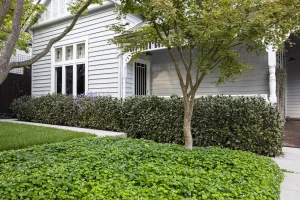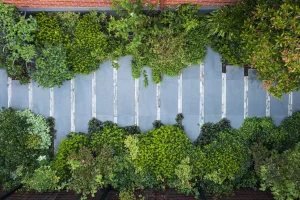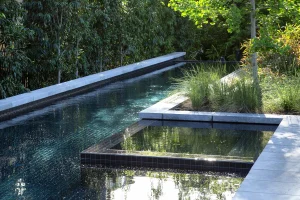It’s no secret that here at Ian Barker Gardens, we’re passionate about gardens of all shapes, sizes, styles and maturity, and with this passion for gardens comes a love of plants. With such a wide variety of projects that we’ve worked on, along with our own personal preferences and experiences, we’re often asked what our team’s favourite plants are and why we love them.
The overwhelming response to this question was that it’s impossible to pick just one, but after much consideration, here are some of our team’s favourite plants:
Echinacea
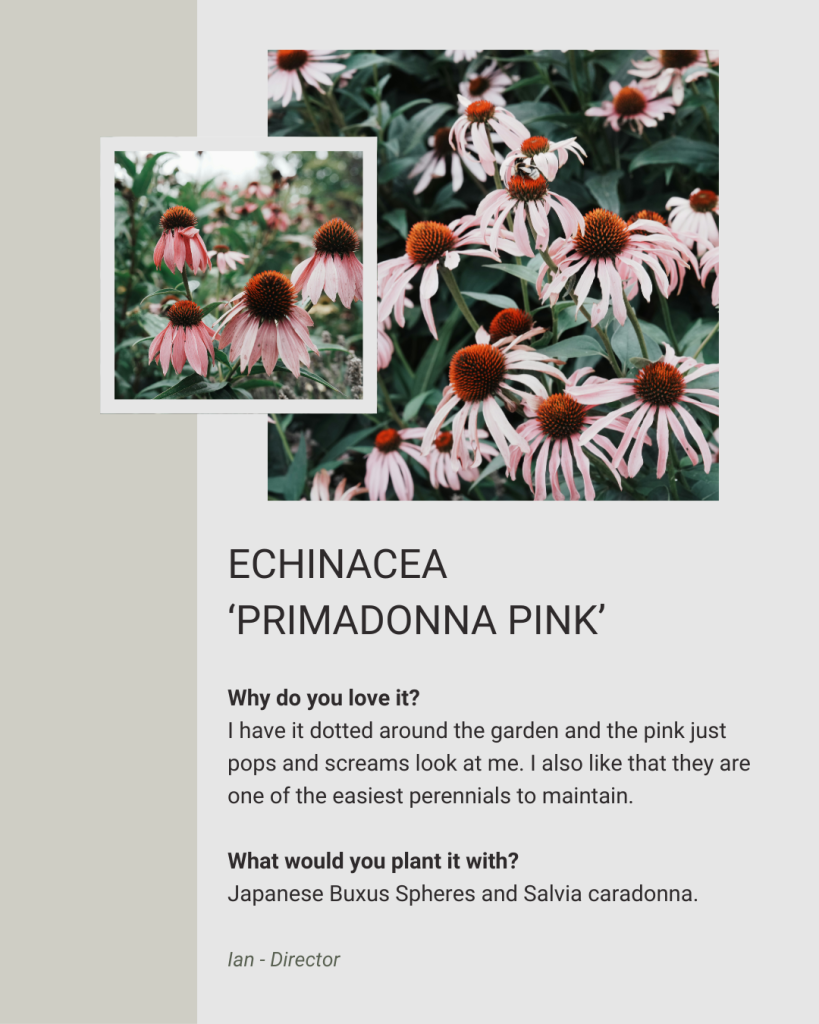
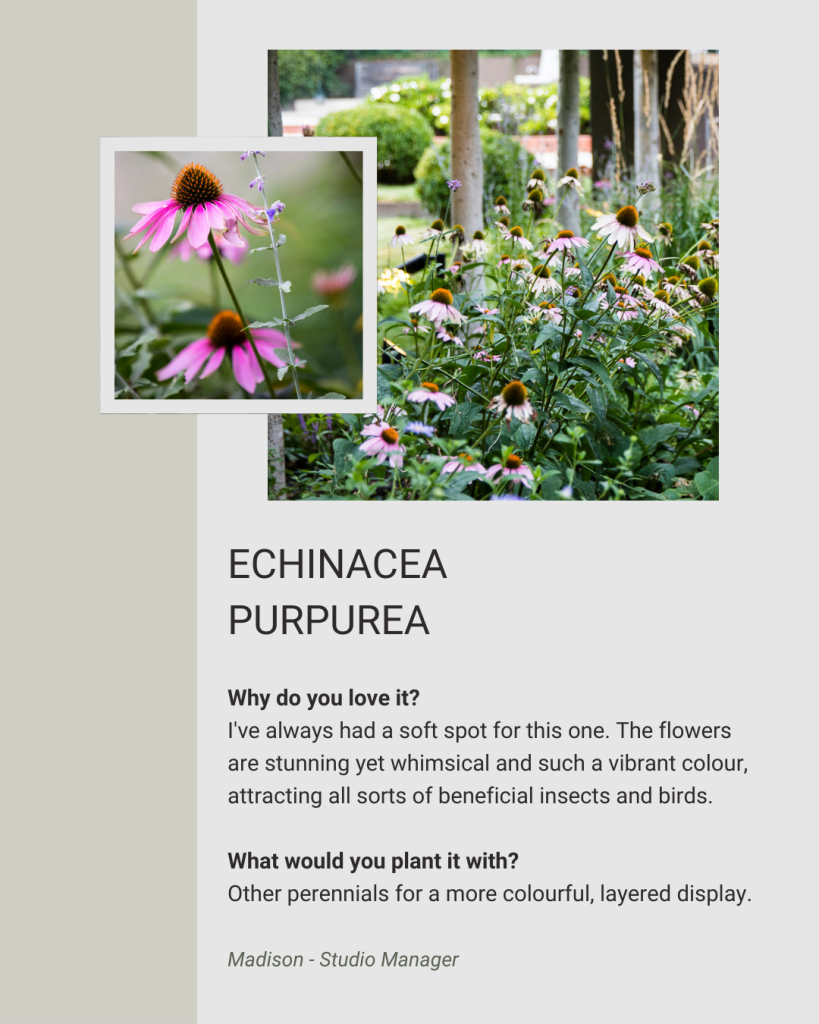
Echinacea are perfect for garden beds and borders, wildflower gardens, prairies and meadows. The blooms are rich in nectar, so they are ideal for attracting wildlife, such as birds and butterflies.
Trachelospermum jasminoides (Star Jasmine)
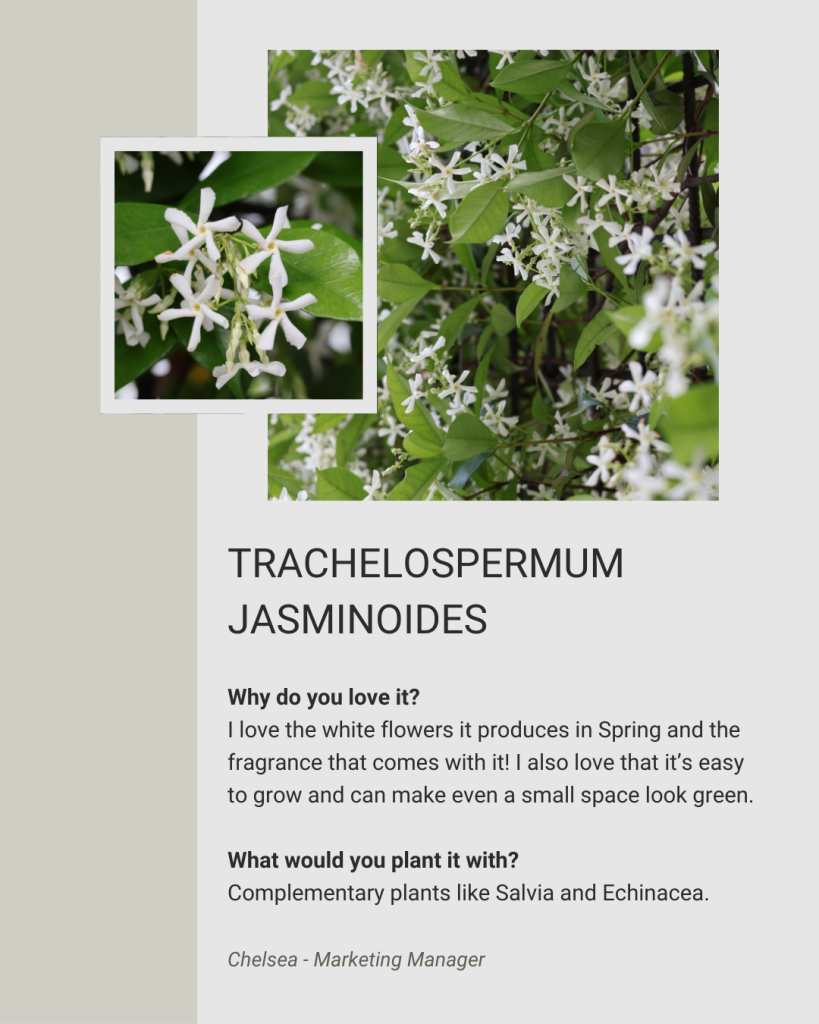
Trachelospermum jasminoides or Star Jasmine as it’s more commonly known is a vigorous, evergreen shrub or climber that has oval, dark green leaves. In late spring, it produces abundant clusters of sweetly fragrant, star-shaped, white flowers – and it is one of the most beautiful smells. This plant is a staple in many of our garden designs!
We most often use Star Jasmine as a climber to cover up fences and walls, providing privacy in the garden. You can also use Trachelospermum jasminoides as a ground cover and in pots and containers.
Poa labillardieri ‘Eskdale’
Poa labillardieri ‘Eskdale’, also known as Tussock Grass, is an Australian native grass with finely textured, needle-like, blue-green foliage. In summer, it flowers with feathery seed heads above the foliage.
Poa ‘Eskdale’ is an ideal option for integrating a grassy element into your garden. Its upright arching form is perfect for softening hard surfaces such as paving. When mass-planted, it creates a wild, windswept look in the garden.
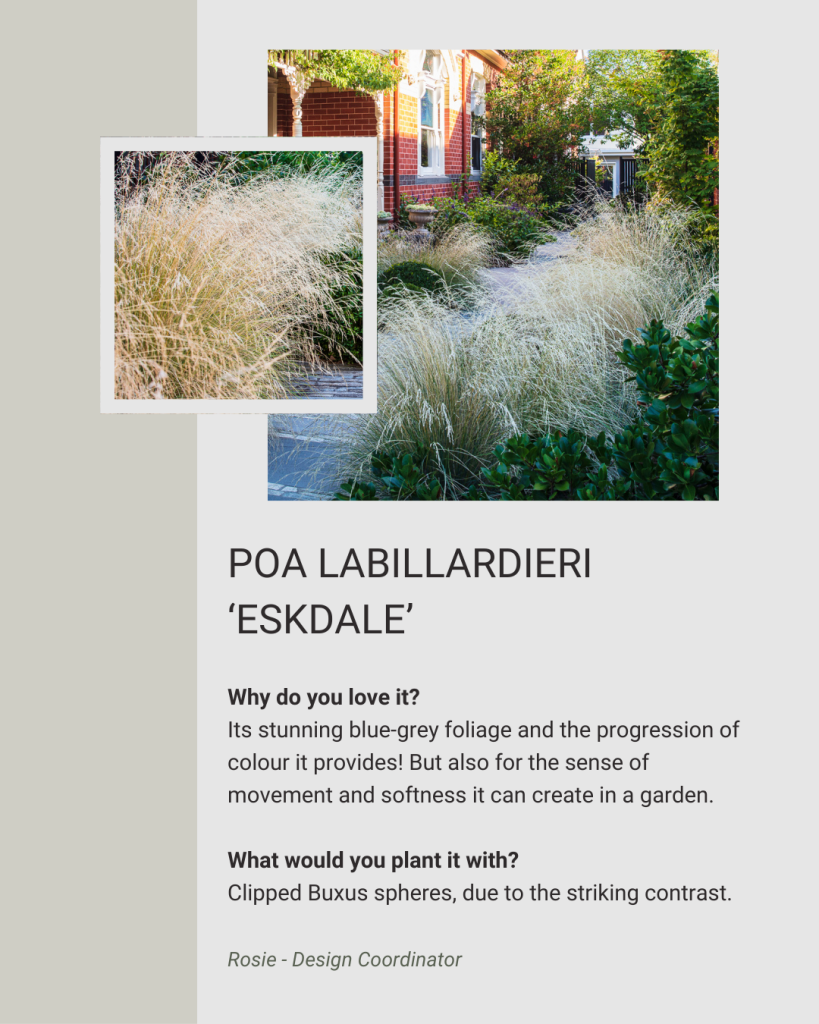
Lagerstroemia (Crepe Myrtle)
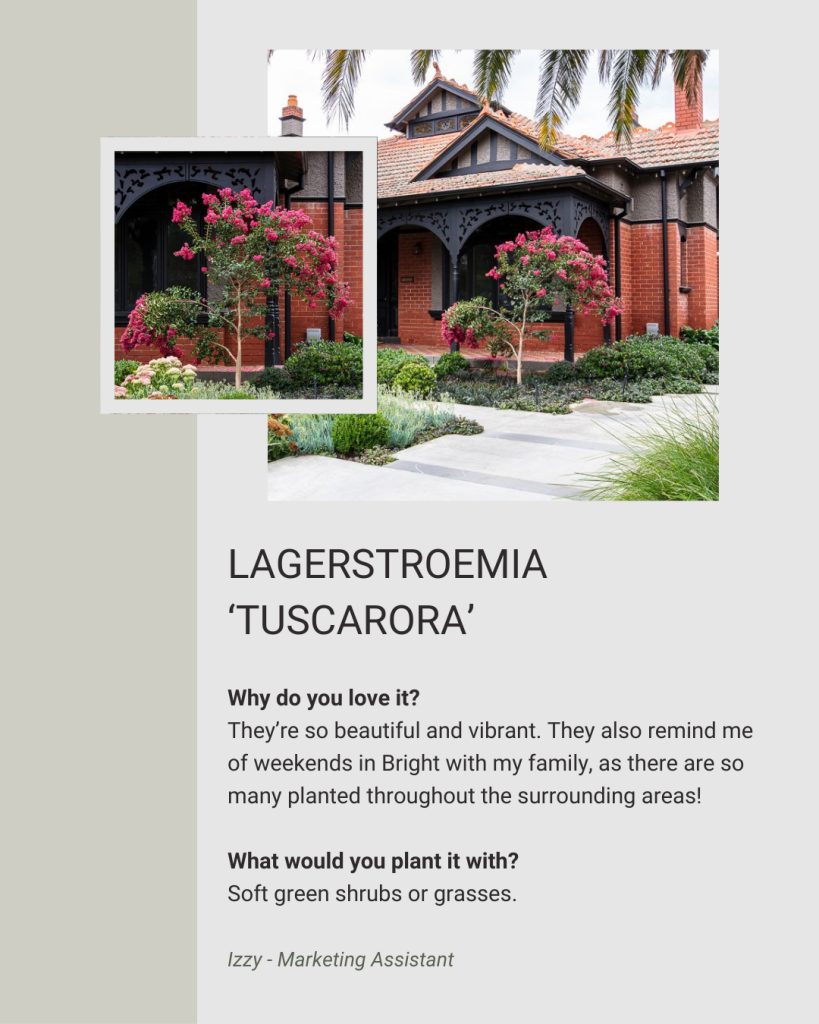
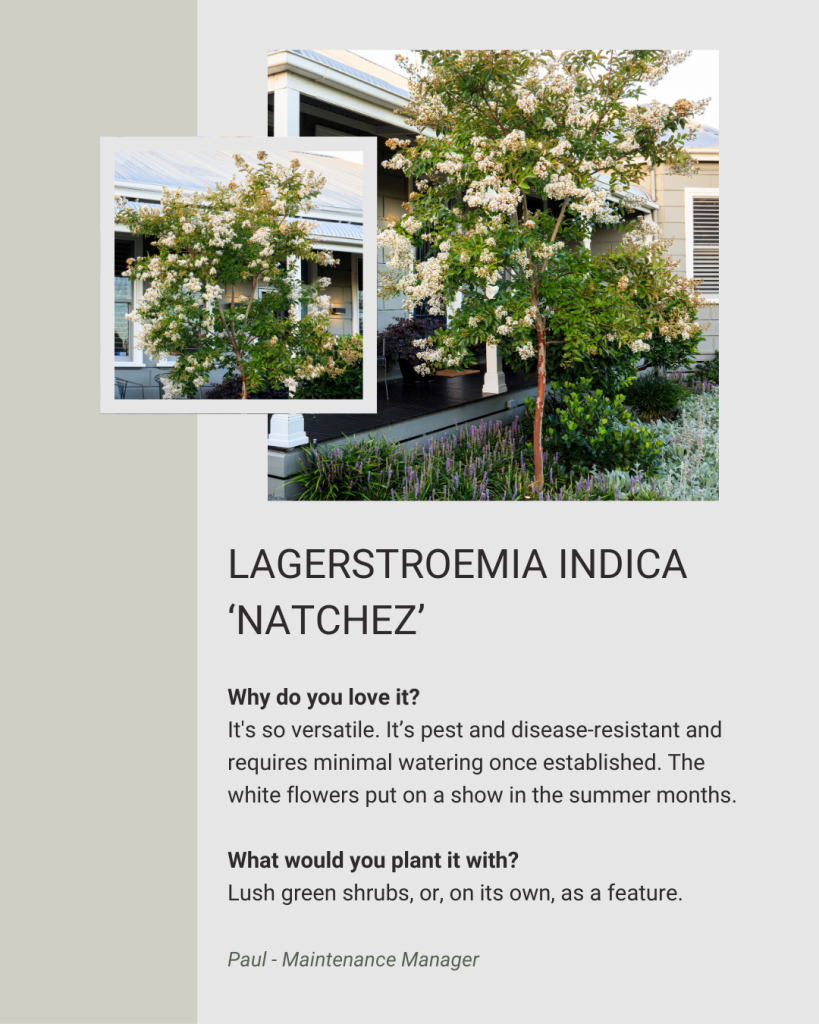
One of our all-time favourites, Lagerstroemia (Crepe Myrtle) are deciduous flowering trees and shrubs commonly grown in Australian gardens. They are prized for their pastel, crepe-like flowers, which bloom for several months from late spring to autumn in shades of bright pink, pale pink, mauve, red, and white. There are many different varieties of crepe myrtle, each with its own unique colour. We love to use these as striking feature trees given the lovely colours and appearance. Crepe Myrtle flowers are also highly attractive to bees, beneficial insects, and birds.
Hydrangea ‘Sundae Fraise’
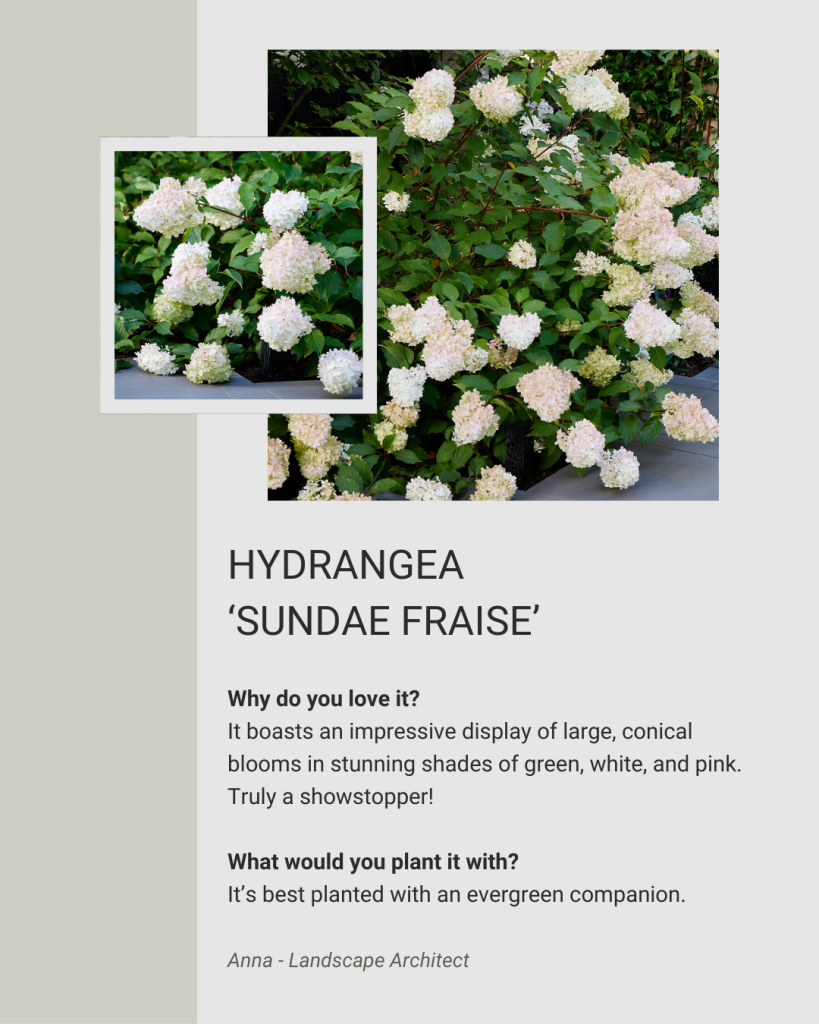
Hydrangea paniculata ‘Sundae Fraise’ is a variety of Hydrangea characterised by its evolving colours – opening as a creamy white hue in mid-summer before turning strawberry-pink later in the season. As autumn approaches, they transform again, taking on a rich pink-red tone. The flower is conical, loose and fluffy and sits at the tips of arching branches. The bush is compact and deciduous, so it’s best planted with an evergreen companion.
Verbena bonariensis (Purpletop Vervain)
Verbena bonariensis, also known as Purple Top Vervain and Tall Verbena, is a perennial that is a tall and slim-stemmed plant with stunning purple flowers that grow in tight clusters, just like this one. You can expect to see Verbena bonariensis bloom in early summer and throughout the warmer months.
This fast-growing perennial is perfect for garden beds and borders in gravel and rock gardens, cottage gardens and meadow gardens. We like using it for mass plantings and amongst other bright perennials and ornamental grasses. Butterflies, bees and birds love Verbena as it’s rich in nectar and produces seeds.
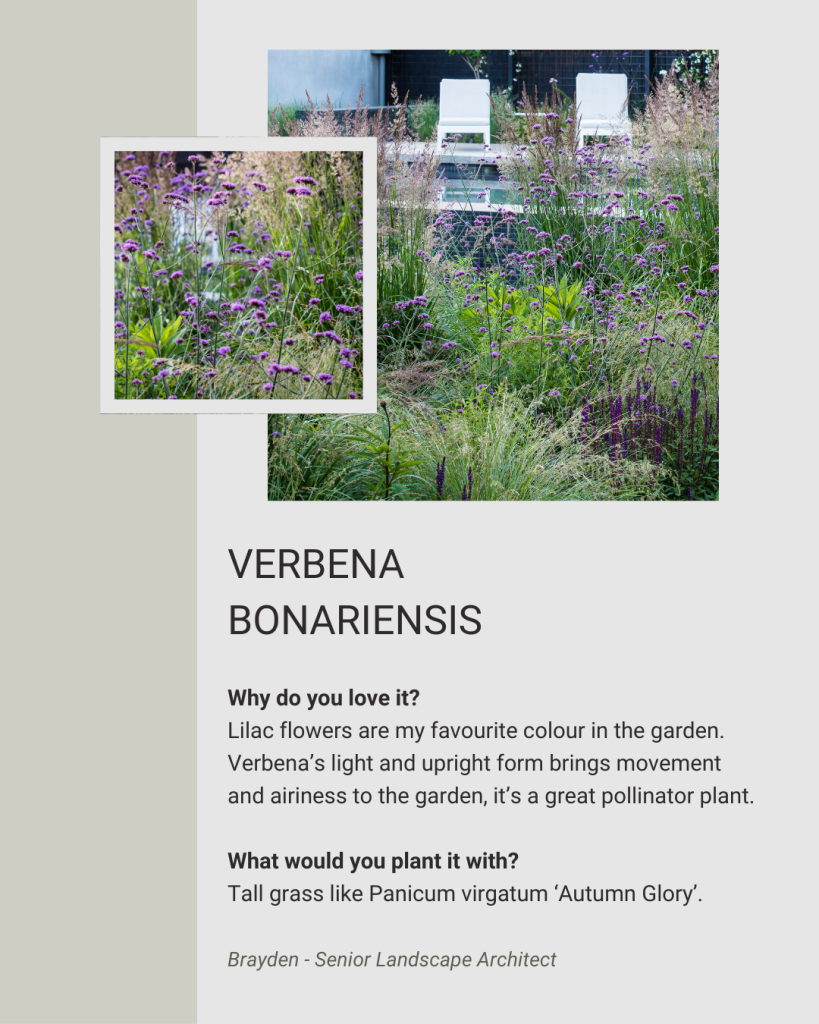
Hosta ‘Halcyon’ (Plantatian Lilies)
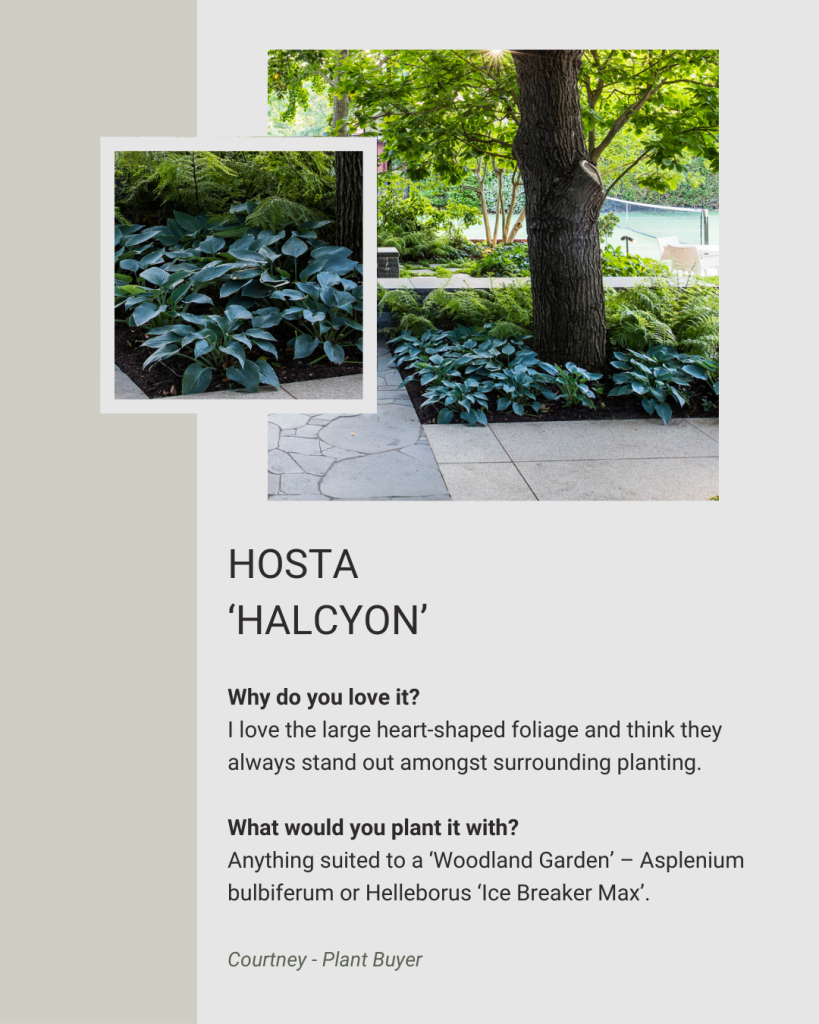
Hosta, also known as plantain lilies, produces stunning foliage in various colours, including blue-greys, greens and golden yellows. While Hostas are deciduous and do die over winter, they burst to life with new foliage in spring. In summer, they also produce attractive spikes of nodding, purple, tubular flowers.
As we mentioned, the team found it hard to select just one favourite plant, so there are many more fantastic options that we haven’t shared. If you’re looking for more inspiration, please see our blog on different plant types explained.
